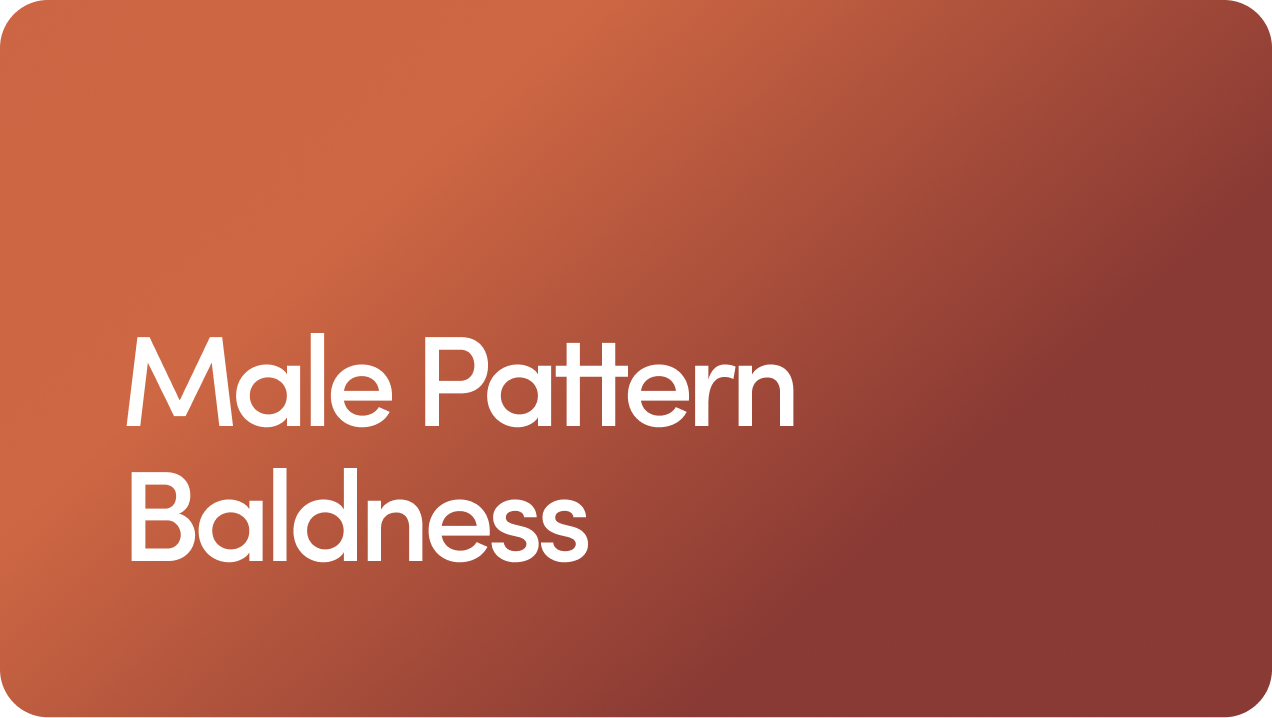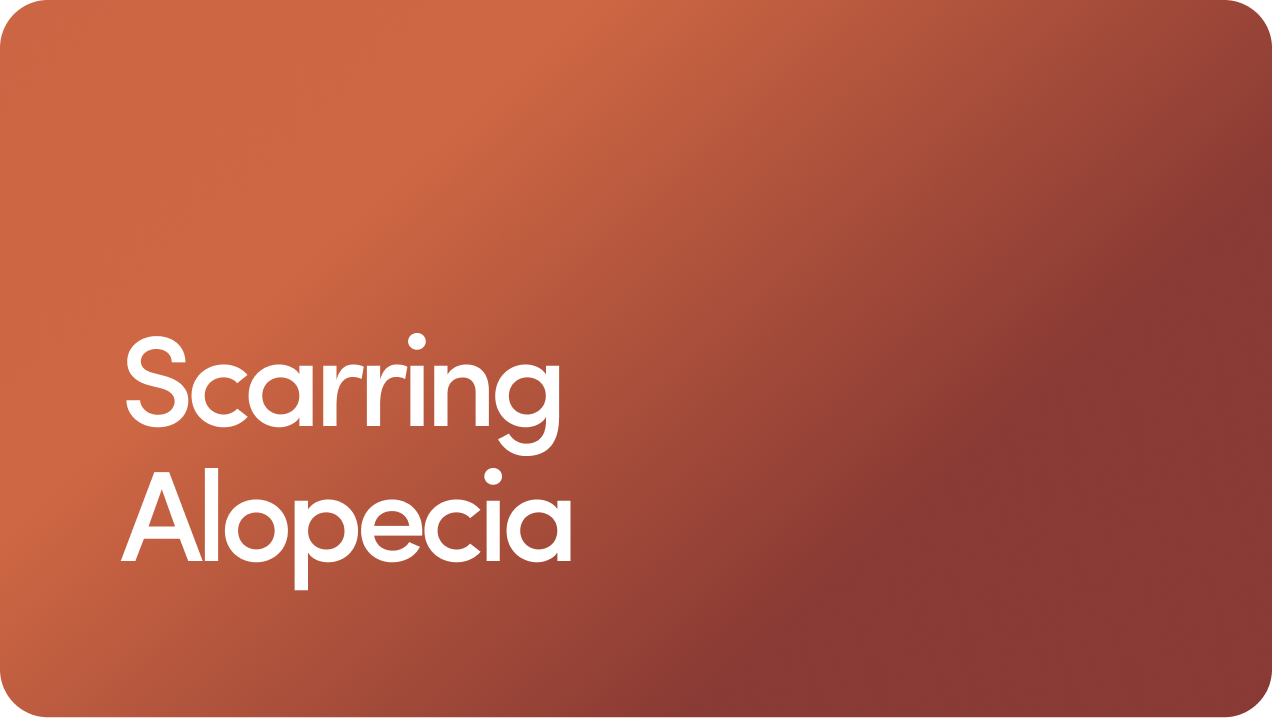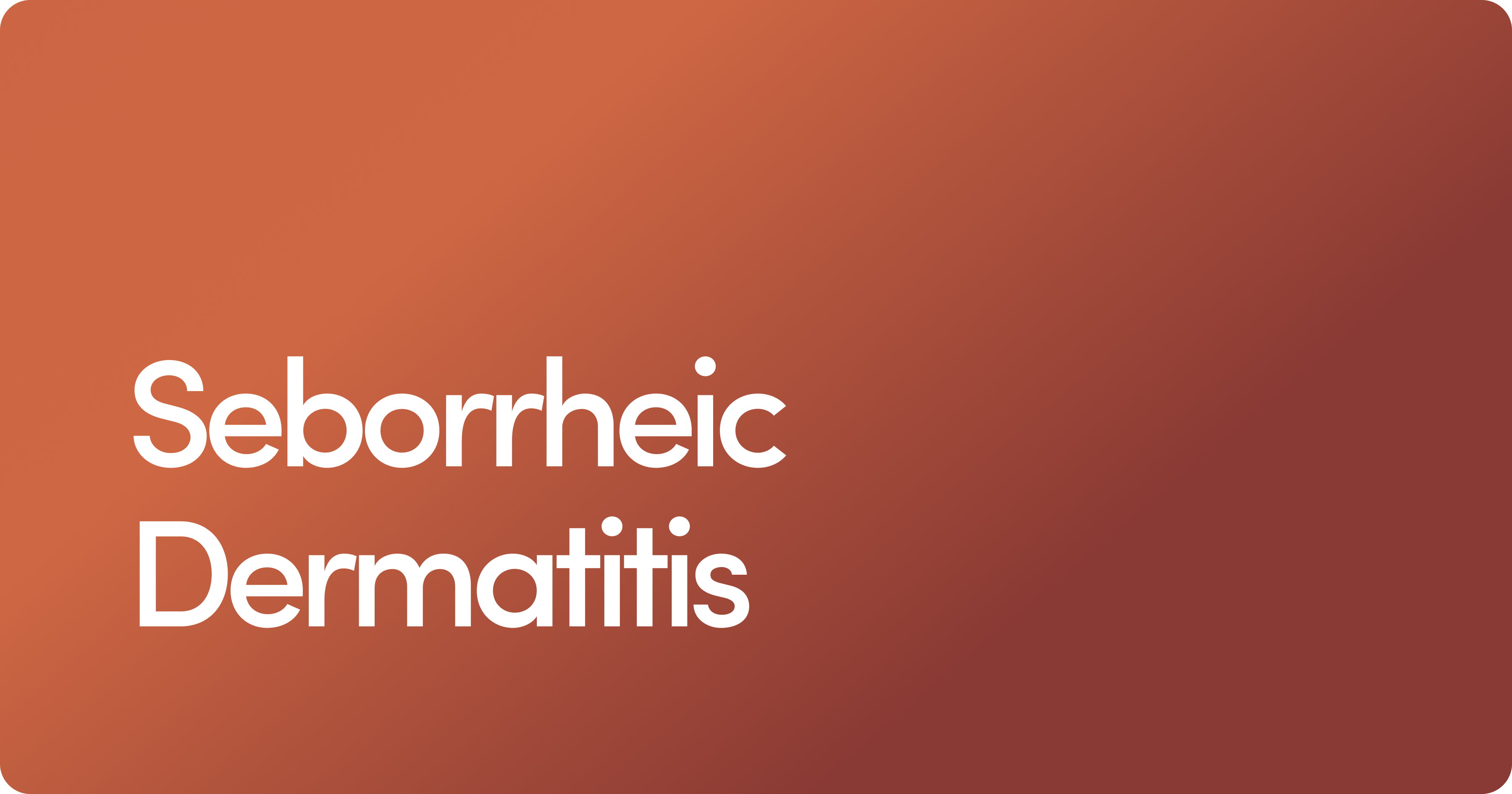Content
FDA approved for more than 25 years
Can Lice Cause Hair Loss?

Whether it’s your hair or your child’s head, finding lice is often cause for panic. Where did they come from? Who had them first? Am I going to have to shave my head? Can lice cause hair loss?
While there are many causes of hair loss — genetics, serious illness, autoimmune conditions, chronic hair damage — lice are not typically on the list. In particular, lice infestations cannot activate male pattern hair loss. However, the prolonged presence of lice in your hair (and the symptoms that come with them) can damage your hair and scalp and potentially lead to hair loss if things get out of control.
Luckily, it would take a lot to get to that point, and with proper treatment, you won’t experience any of the hair loss risks of lice infestation. Here’s what you need to know.
Content
How Lice Get into Hair
Lice infections (also known as Pediculosis capitis) and their symptoms are often misunderstood, so it’s important to know the facts.
People typically get a head lice infestation through close contact with someone who already has head lice. They can spread through direct contact with another person’s infested hair or indirect contact with lice eggs or adult lice if you wear someone else’s hat, scarf, or hoodie, use their hairbrush or comb, or lay on their pillow.
Whether through head contact or sharing hairbrushes, lice can move to a new head of hair extremely quickly and often are hard to detect until the transferred lice start to reproduce and lay eggs. In fact, you may not see lice until the initial invaders have already completed their life cycles and a second generation has been born.
By the way, adult lice lay eggs in both clean and dirty hair, though they may thrive for longer if your scalp and hair hygiene is less than meticulous.
Can Lice Make Your Hair Fall Out?
There is no evidence that lice cause hair loss. However, the effects of having lice can thin out your follicles.
The secondary effects of lice — primarily scalp irritation — can damage the hair shaft and cause hair breakage. This damage to your scalp can come from scratching, allergic reactions to head lice products, or the side effects of over-the-counter treatments and their harsh chemicals.
The damage caused by these symptoms and secondary effects is typically temporary, and the hair will grow back over time.
That’s possible because lice do not eat or damage hair follicles — they need your hair to protect them and provide a safe environment for surviving and reproducing.
However, they do create problems down the road because of what they feed on: human blood.
Will Untreated Lice Cause Hair Loss?
Lice feed on your blood — the same blood your follicles depend on to bring them oxygen and nutrients so they can continue producing more hair shafts.
When your hair follicles are deprived of nutrients and blood, they can become weak, thin, and brittle, increasing the risk of breakage.
So, if lice feed on enough blood, and the resulting scratching becomes severe enough, a lice infestation could interrupt your hair growth cycle.
Telogen effluvium is a type of hair loss caused by an interrupted growth cycle. It's commonly caused by intense stress or trauma to the body and often affects people after surgery or serious illness.
The good news is that telogen effluvium is almost always temporary. Once the underlying cause passes, your hair should bounce back. The bad news is that other symptoms of head lice, like irritation, dryness, and dandruff, could potentially increase your risk of — or cause — a bacterial or fungal scalp infection.
While your scalp can certainly recover from aggressive scratching, an infection can lengthen recovery time — and make the damage worse.
Getting the problem under control prevents more serious complications, so treating lice immediately after discovering them is crucial.
Just make sure that you’re using the right treatments and using them correctly.
Does Lice Treatment Damage Hair?
A likely reason for signs of hair loss during a head lice infection is irritation or a reaction to the treatment options you’re using — in particular, topical medications, hot water, and lice combs.
Some over-the-counter medicated shampoos and topical treatments can cause skin irritation and an itchy scalp or contain ingredients that can cause allergic reactions. The same goes for any treatments prescribed by a dermatologist.
That’s why it’s important to check labels for any ingredients you might be allergic to and discontinue use if you experience sudden reactions to those topical treatments.
Scalp irritation can come from other places, too. For example, you might irritate your scalp by using excessively hot water to try to wash the lice out.
Even a nit comb (a fine-tooth comb designed to remove lice from hair) can cause irritation if you use it too aggressively or frequently, as follicles may break or snag on the teeth.
Weak or brittle hair is more likely to break. This can sometimes cause a type of permanent hair loss known as traction alopecia. However, this condition is far more often caused by many years of wearing hairstyles that put stress on the hair’s roots, like tight ponytails, cornrows, plates, and tight buns.
And remember: some hair falls out naturally when you run a comb over your scalp. The average adult loses around 100 follicles a day.
Lice infestations are complicated to deal with, but understanding how they may impact hair growth is simple:
Lice cannot directly cause hair loss. However, you might experience hair loss and damage from the secondary effects of the infestation and/or the head lice treatment process.
Hair loss due to lice infestations is easily preventable with proper treatment.
It’s also often temporary — lice will not cause conditions like male pattern baldness (also known as androgenic alopecia).
If you notice that your hair isn't growing back after a severe lice infestation or if you see hair loss and have ruled out lice, take action before the problem gets worse.
Genetic hair loss is progressive and irreversible after a point, so the best strategy for maintaining your hairline is early detection and management.
If you’re bouncing back from a head lice infestation or looking for ways to protect your hair daily, consider products like our biotin gummies, volumizing shampoo, volumizing conditioner, and thickening shampoo with saw palmetto. According to some studies, these products support hair health.
We also offer a number of hair loss treatments like minoxidil foam, minoxidil solution, finasteride, and a combination topical finasteride & minoxidil spray.
Reach out today.
6 Sources
- American Academy of Dermatology Association. (n.d.). Do you have hair loss or hair shedding? https://www.aad.org/public/diseases/hair-loss/insider/shedding
- American Academy of Dermatology Association. (n.d.). Head lice: overview. https://www.aad.org/public/diseases/a-z/head-lice-overview
- Centers for Disease Control (2024). About head lice. https://www.cdc.gov/lice/about/head-lice.html
- Centers for Disease Control (2024). Treatment of head lice. https://www.cdc.gov/lice/treatment/index.html
- Hughes, E.C. & Saleh, D. (2020). Telogen Effluvium. from https://www.ncbi.nlm.nih.gov/books/NBK430848/
- National Library of Medicine. (2021). Overview: head lice. https://www.ncbi.nlm.nih.gov/books/NBK279329/
Editorial Standards
Hims & Hers has strict sourcing guidelines to ensure our content is accurate and current. We rely on peer-reviewed studies, academic research institutions, and medical associations. We strive to use primary sources and refrain from using tertiary references. See a mistake? Let us know at [email protected]!
This article is for informational purposes only and does not constitute medical advice. The information contained herein is not a substitute for and should never be relied upon for professional medical advice. Always talk to your doctor about the risks and benefits of any treatment. Learn more about our editorial standards here.
Knox Beasley, MD
Education
Bachelor of Science, Life Sciences. United States Military Academy.
Doctor of Medicine. Tulane University School of Medicine
Training
Dermatology Residency. San Antonio Uniformed Services Health Education Consortium
Certifications
Board Certified. American Board of Dermatology
Medical Licenses
Dr. Beasley is licensed in all 50 states
Affiliations & Memberships
Fellow, American Academy of Dermatology
Specialties & Areas of Focus
Hair Loss, Dermatology
Years of Experience
10 years of clinical practice as a Dermatologist
Previous Work Experience
Medical Director - YouHealth Medical Groups, 2025–
Private practice, 2024–
Chief of Dermatology - , 2015–2019
Publications
Wilson, L. M., Beasley, K. J., Sorrells, T. C., & Johnson, V. V. (2017). Congenital neurocristic cutaneous hamartoma with poliosis: A case report. Journal of cutaneous pathology, 44(11), 974–977.
Banta, J., Beasley, K., Kobayashi, T., & Rohena, L. (2016). Encephalocraniocutaneous lipomatosis (Haberland syndrome): A mild case with bilateral cutaneous and ocular involvement. JAAD case reports, 2(2), 150–152.
Patterson, A. T., Beasley, K. J., & Kobayashi, T. T. (2016). Fibroelastolytic papulosis: histopathologic confirmation of disease spectrum variants in a single case. Journal of cutaneous pathology, 43(2), 142–147.
Beasley, K., Panach, K., & Dominguez, A. R. (2016). Disseminated Candida tropicalis presenting with Ecthyma-Gangrenosum-like Lesions. Dermatology online journal, 22(1), 13030/qt7vg4n68j.
Kimes, K., Beasley, K., & Dalton, S. R. (2015). Eruptive milia and comedones during treatment with dovitinib. Dermatology online journal, 21(9), 13030/qt8kw141mb.
Miladi, A., Thomas, B. C., Beasley, K., & Meyerle, J. (2015). Angioimmunoblastic t-cell lymphoma presenting as purpura fulminans. Cutis, 95(2), 113–115.
Beasley K, Dai JM, Brown P, Lenz B, Hivnor CM. (2013). Ablative Fractional Versus Nonablative Fractional Lasers – Where Are We and How Do We Compare Differing Products?. Curr Dermatol Rep, 2, 135–143.
Siami P, Beasley K, Woolen S, Zahn J. (2012). A retrospective study evaluating the efficacy and tolerability of intra-abdominal once-yearly histrelin acetate subcutaneous implant in patients with advanced prostate cancer. UroToday Int J, June 5(3), art 26.
Siami P, Beasley K. (2012). Dutasteride with As-Needed Tamsulosin in Men at Risk of Benign Prostate Hypertrophy Progression. UroToday Int J, Feb 5(1), art 93. https://www.urotoday.com/volume-5-2012/vol-5-issue-1/48691-dutasteride-with-as-needed-tamsulosin-in-men-at-risk-of-benign-prostatic-hypertrophy-progression.html
Why I Practice Medicine
Dr. Beasley began doing telemedicine while serving in the U.S. Army, providing dermatologic care for soldiers stationed around the world. This experience sparked his passion for telemedicine and inspired his commitment to expanding access to healthcare for patients across the United States.
Hobbies & Interests
In his free time, Dr. Beasley enjoys cooking, reading, and trips to the beach with his wife and two kids (with sunscreen of course).
Related Articles
Related Conditions
 Hair Loss
Hair Loss
 Male Pattern Baldness
Male Pattern Baldness
 Dandruff
Dandruff
 Scarring Alopecia
Scarring Alopecia
 Seborrheic Dermatitis
Seborrheic Dermatitis
